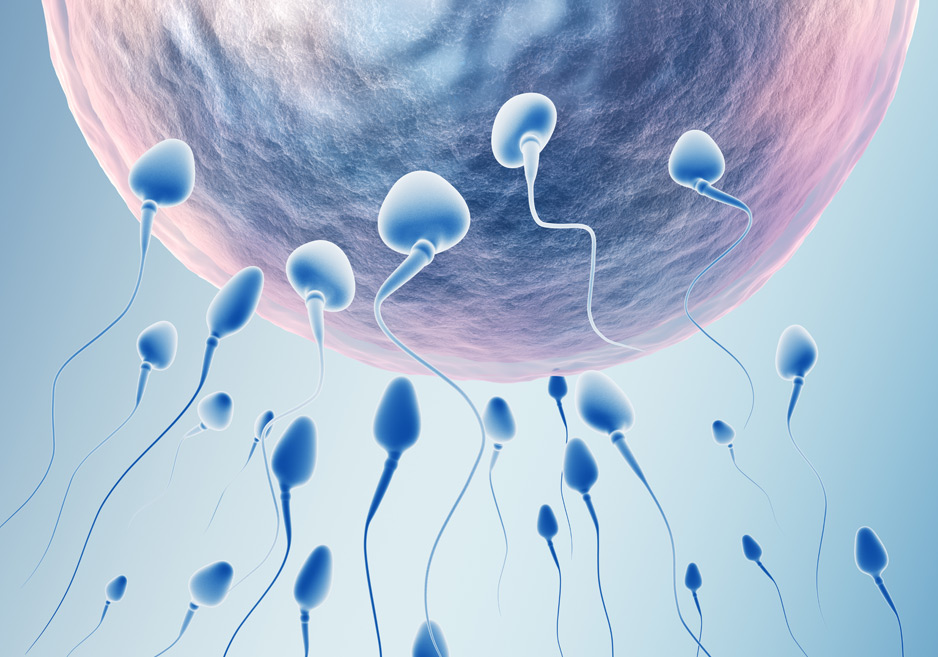Microscopic observation by a qualified scientist is and will be the most appropriate method of sperm examination. In the future, an automatic analyzer can only play a supporting role.
Is there a right and wrong way to test sperm?
Microscopic Analysis Vs Auto Analyzer.
Internationally recognized bodies, such as the World Health Organization and ESHRE–SIGA (European Society of Human Reproduction and Embryology – Special Interest Group for Andrology) define the appropriate specifications for the best laboratory evaluation of sperm. Therefore, according to their recommendations, the laboratory examination of sperm is carried out with microscopic observation by properly trained scientists who are asked to follow the clear and detailed instructions for the evaluation of all spermological parameters. The method of microscopic observation has been followed for many years in a number of andrological laboratories worldwide and practically proves its superiority in accuracy and reliability.
However, with the advancement of technology, efforts are being made to develop automated systems, with the result hat the use of automatic analyzers (CASA–Computer Assisted Semen Analysisis already gradually being introduced in laboratory semen analysis. The advantages offered by automatic analyzers are the simplified and faster examination process, the immediate availability of the results, as well as the lower cost. However, they still lag significantly in terms of sensitivity, accuracy and reproducibility, leading to questionable results. The available technological systems have significant limitations in the perception of the special nature of the sperm and fail to achieve the correct evaluation of the spermological parameters.
The use of automated analyzers in laboratory spermatology is a highly controversial issue. It is safe to say, however, that an automated analyzer cannot be adequately used in the place of a well-trained scientific staff .However, it is possible that in the future, given the technological developments, automated systems will only perform an auxiliary role in an andrological laboratory.







